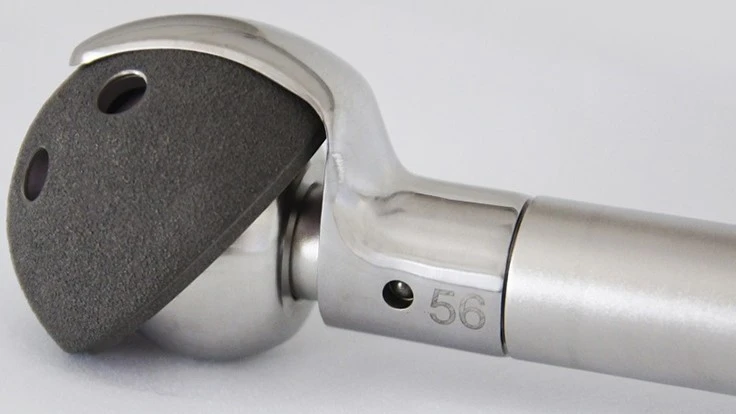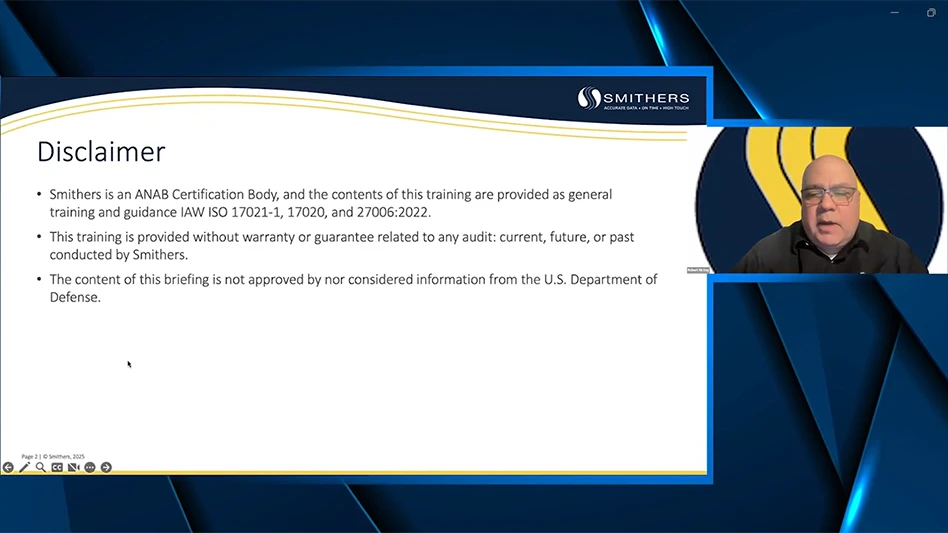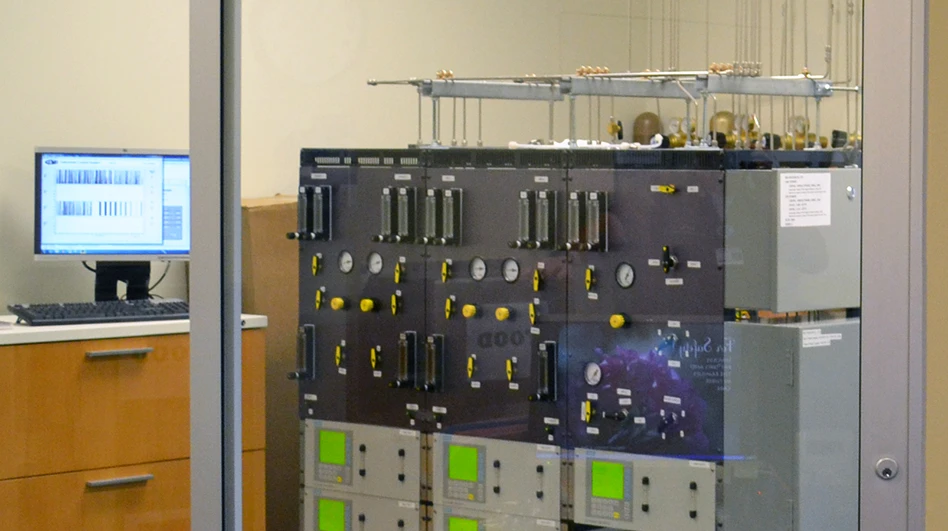
Hip and knee replacements are on the rise – and every year, hundreds of thousands of operations take place without a hitch because surgical and technical advances make implanting hip cups a relatively straightforward procedure.
However, the removal of a hip cup – in the event of loosening, abrasion, or infection – presents a more complex task for surgeons with very few devices available to help. The removal process often involves the use of a chisel, which risks damaging bone and tissue and can leave an uneven surface, making the reinsertion a new implant difficult.
Endocon, a medical device company near Heidelberg, Germany, has addressed the removal technique and has created an acetabular cut cutter. This device features additively manufactured blades, which reduces time in surgery and addresses both patient safety and experience.

The solution
The endoCupcut, which was developed using GE Additive’s Concept Laser direct metal laser melting (DMLM) technology, allows for more precise cutting along the edge of the acetabular cup, giving surgeons the opportunity to quickly loosen and extract cementless hip cups without adding additional damage to the surrounding bone.
The reusable device allows surgeons to implant the same size hip cup that was implanted before. It offers variability in one instrument and can be combined with up to 15 additively manufactured stainless steel blades in various shapes and sizes ranging from 44mm to 72mm.
Traditionally, cutting blades have been manufactured using traditional casting. However, relying on a time-consuming, laborious method such as casting, especially for multiple sizes and shapes, meant that the production time for a single batch of blades could be as long as three and a half months.
Casted blades also often present other problems, such as corrosion, repeatable quality and difficulty achieving the consistency of the hardness, without reducing tensile strength, resulting in a rejection rate of around 30%.
Additive ImpactWith minimal changes to the original casting model, the blades used in the endoCupcut are now additively manufactured in 17-4 PH stainless steel on a Concept Laser Mlab cusing 100R machine. The final finished blades, including post-processing, are available in just three weeks.
“We’ve also been able to reduce the cost per blade by around 40% to 45%. That means cost savings for us and in turn for our customers. When you combine that with a reduction in product development time, higher efficiency and lower rejection rates, then the business case for additive really becomes attractive,” explains Klaus Notarbartolo, general manager at Endocon.
A local service bureau, Weber-KP, a metal additive manufacturing specialist, manages all stages of the process for endocon. The Weber-KP team handles data preparation, orientation on the build platform, the build itself, through to high-quality surface finishing, hardening, and bead blasting.
Depending on size and orientation in the build envelope between 2 and 6 blades can be built on a 90mm x 90mm build platform. Weber-KP has improved the manufacturing process to an extent, where every blade-shape has a different build orientation and support structure in the machine, to maximize the best possible outcome.
Using the Mlab cusing 100R not only provides the best quality and surface compared to other machines, it has ensured the highest possible accuracy and density, as well as significantly improving the mechanical properties of the blades.
The blades now show excellent corrosion resistance, and instead of cracking after 600N, the additively manufactured blades show a plastic deformation after applying 1,8kN. Previous issues with achieving a consistent hardness level of the blades have also been resolved using additive, with an improvement to 42HRC ±2HRC, compared to 32HRC using casting.
The additive process has led to a more consistent outcome and the reject rate has been reduced from 30% to under 3%.
Harder, stronger, more reliable blades not only perform better in the operating room, they also address patient safety concerns, by reducing the risk of breakage and embedding splinters into the tissue. From the surgeons’ and the hospitals’ perspective the risk of failure is taken out of the surgery and fatigue is indicated by plastic deformation. This saves the hospital both time and money.
“Endocon’s ability to solve multiple challenges using additive is impressive example of how it can have a positive impact for smaller companies targeting the orthopedic industry. What started with the need for a reduced time-to-market in terms of product development and flexible production of various shapes and sizes has resulted in a smart, innovative medical product that enhances patient outcomes,” notes Stephan Zeidler, business development manager medical at GE Additive.
“Moving the entire production process from casting to additive manufacturing was a logical step and that shift continues to provide inspiration for future projects,” Zeidler adds.

The outcome
The device has been positively received and is already being used by a number of medical professionals across Germany. This fast and safe procedure has significantly reduced the surgery time from around half an hour to just three minutes.
Compared to the previous chisel method, the endoCupcut’s precise cutting method, preserves the maximum amount of bone substance and supports an accelerated healing process for the patient.
Manufacturing on the GE Additive Concept Laser Mlab cusing 100R machines results in exceptional part quality.
Other benefits include:
- Optimal variability in one instrument, combinable with up to 15 different blades
- High-fitting accuracy of the blades through a modular system of ball-shaped heads
- Perfect fitting of the ball-shaped heads in a width of 38mm to 60mm
- Wear-resistant, reusable instrument for multiple operations in high-quality finishing, reliable and easy to sterilize
Latest from Today's Medical Developments
- US cutting tools orders decreased 2% from November 2024
- SMW Autoblok's Manual Jack connection kit
- MedTech Innovator welcomes five new industry partners
- First Article Inspection for quality control
- The manufacturing resurgence is here – are you ready?
- Workholding solutions for your business
- ZOLLER events will showcase the company’s cutting-edge innovations
- THINBIT’s MINI GROOVE ‘N TURN Acme threading inserts





